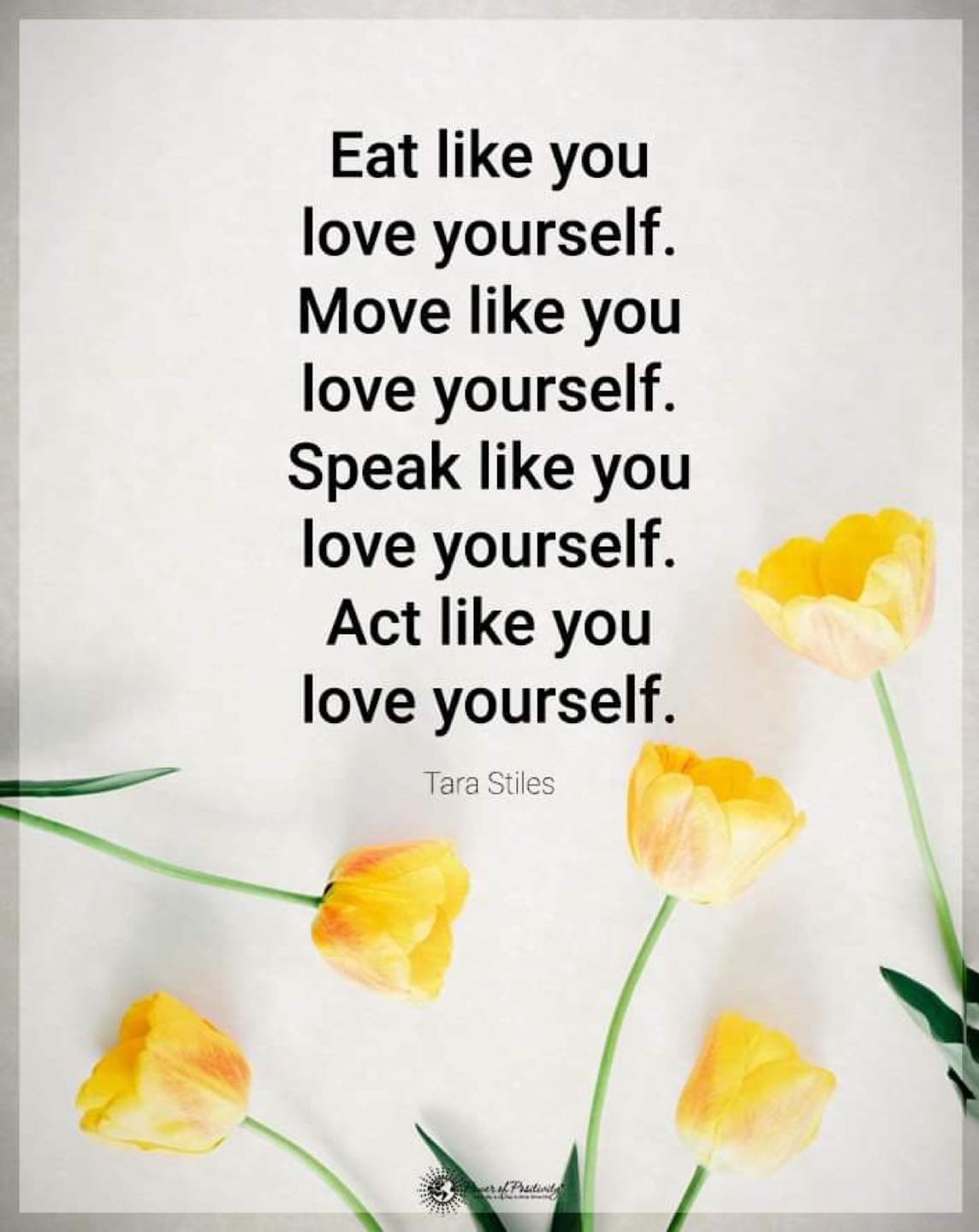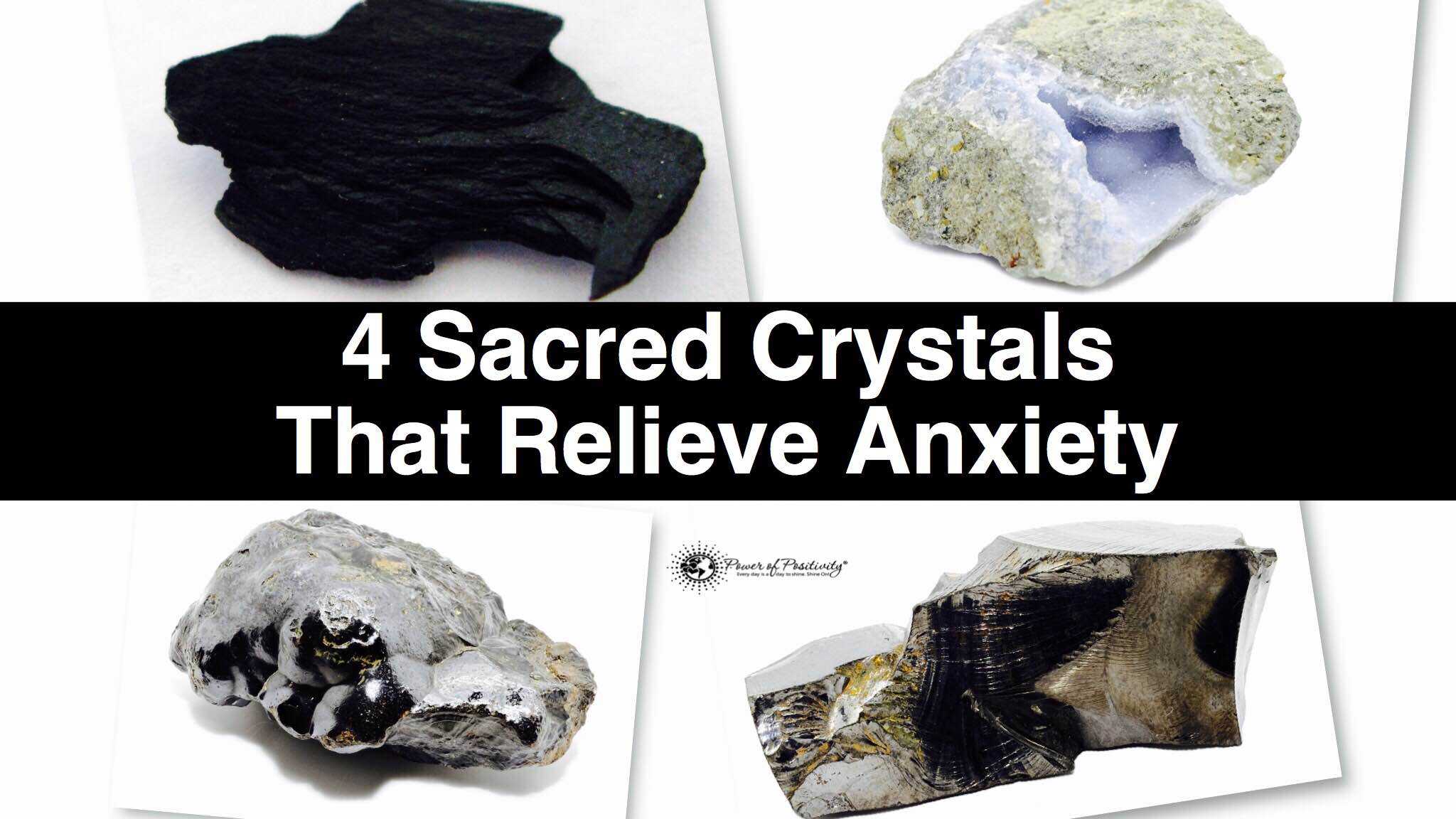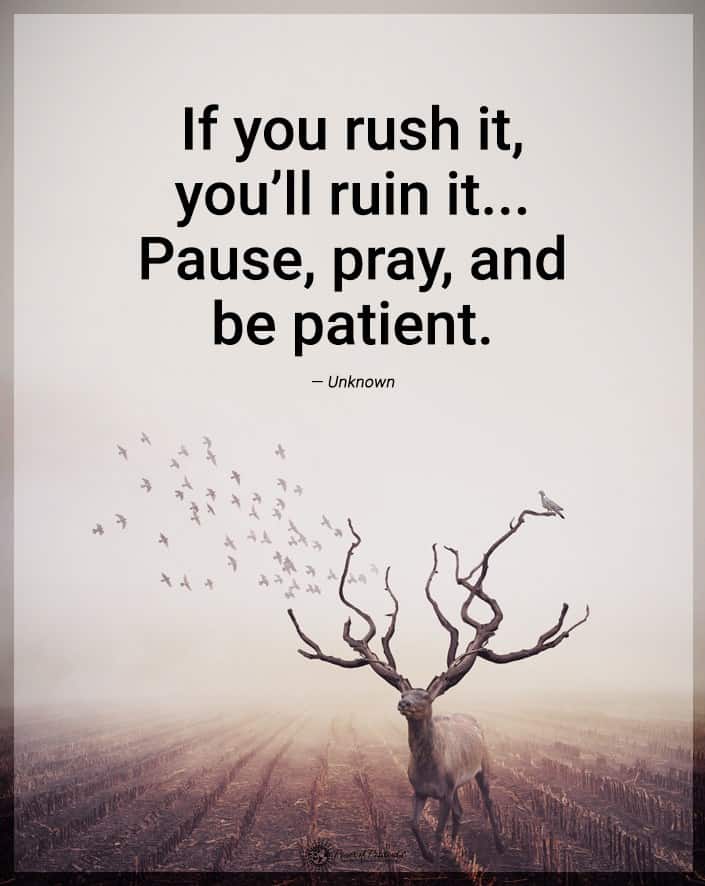Avoiding foods that you have a sensitivity to isn’t always easy, because some of the basic proteins of healthy plant foods, like lectin, can also cause health problems.
Knowing the symptoms of lectin sensitivity is important as well as knowing which foods have the most amounts of this protein. Your individual genetics may also mean that you have a different level of tolerance for lectin. You may have a sensitivity, for example, but your siblings may not.
The good news is that modern crops that contain lectin contain less of the anti-nutrient lectin. Even if you have a lectin sensitivity, cooking lectin-containing foods may provide better nutrient absorption than raw grains and legumes. If you are not able to tolerate lectin, as a last resort, you can avoid lectin completely.
10 Signs You Have a Lectin Sensitivity
Previously we talked about gluten sensitivity in our article 10 Signs You Should Stop Eating Gluten Immediately. Lectin is very similar to gluten in that it is an anti-nutrient. Anti-nutrients form naturally in plants and grains and when we consume them, they interfere with the absorption of other nutrients in our bodies.
Most people know someone with a sensitivity to gluten. Gluten can cause digestive intolerance symptoms in many people and lectins can do the same thing. The problem with lectins is that they don’t want to be digested.
Plants developed their anti-nutrient parts to protect their seeds from being digested by birds and animals. Lectin is important to the plant seed because it can protect the entire seed from being digested, and allow it to pass through the intestines as waste. One it exits, the seed may have survived to grow and become a new plant.
Lectin is believed to worsen autoimmune disease in people who have lectin sensitivity. Lectin is so resistant to being digested that it can cross over into the circulation system where it can cause damage to cells.
The immune system responds to lectin by producing antibodies. A blood test for lectin antibodies may be the best way to find out if you have a lectin sensitivity. Talk to your health care professional if you are having any of the following symptoms.

1. Leaky gut
Dr. Mercola says ‘All grains contain glutinous proteins known as prolamines that can be very “binding,” as they are pasty substances our bodies were just not designed to breakdown correctly.’
‘Substances in grains, including gliadin and lectins, may increase intestinal permeability or leaky gut syndrome. Leaky gut can cause digestive symptoms such as bloating, gas, and abdominal cramps.’
2. Fatigue
Lectin is associated with chronic fatigue syndrome in some people. The good news is that a dietary change could help resolve your tiredness problem and help you find your lost energy.
3. Mental health problems
A study of indigenous cultures with no access to wheat, which contains the anti-nutrient lectin, as compared to cultures that use wheat frequently found that ‘grain glutens are harmful to schizophrenics.” The study authors don’t imply that grains cause the mental illness schizophrenia but that lectin and gluten could trigger an autoimmune response in the body that is like a chemically induced mental illness.
Wheat products can also reduce the amount of the mood hormone serotonin, which can lead to depressed mood and symptoms of depression. This doesn’t mean that removing lectin from the diet could help cure mental illness but it might improve overall mood balance.
4. Skin rashes
Lectin sensitivity might show up externally in dry, itchy, flaky skin. Redness and itchiness are often the first signs of a problem.
5. Joint pain
This protein may aggravate inflammation or rheumatoid arthritis (RA). Painful, swollen joints can be a serious health impact due to your decreased desire to exercise as a result of pain.
6. Allergies
Lectin sensitivity can show up as an allergic response. You may notice watery eyes, sniffling or sinus congestion, tightness in the throat, and itchy skin, mouth or tongue.
7. Nausea
Similar to the effect that gluten sensitivity has on your body, this sensitivity is not good for your appetite. Your body knows what is good for it and what is not and you may notice feeling nauseous when you are about to eat a food that contains lectin if your body has had a bad reaction to it before. Read our article, Love Your Gut – 3 Ways to Improve Digestive Health for more information.
8. Muscle weakness
Due to a lack of vitamin B12 absorption by the intestines, muscle weakness is likely. Not having good muscle strength can also lead to problems with balance and gait.
9. Numbness
The sensation of extremities falling asleep could be due to a lack of nutrients like B12 that are passed through the digestive system rather than being absorbed.
10. Susceptibility to illness
Getting sick more often could be due to having lectin sensitivity. If your immune system is already busy fighting off irritants, it has fewer resources to devote to fighting off bacteria as they enter your body.
Talk to your healthcare professional if you suspect a sensitivity problem. You can also begin restricting your diet to eliminate individual grains, nuts, beans, tomatoes, melon, squash, dairy, eggs, and all forms of potatoes if you would like to take control of your own health now.






